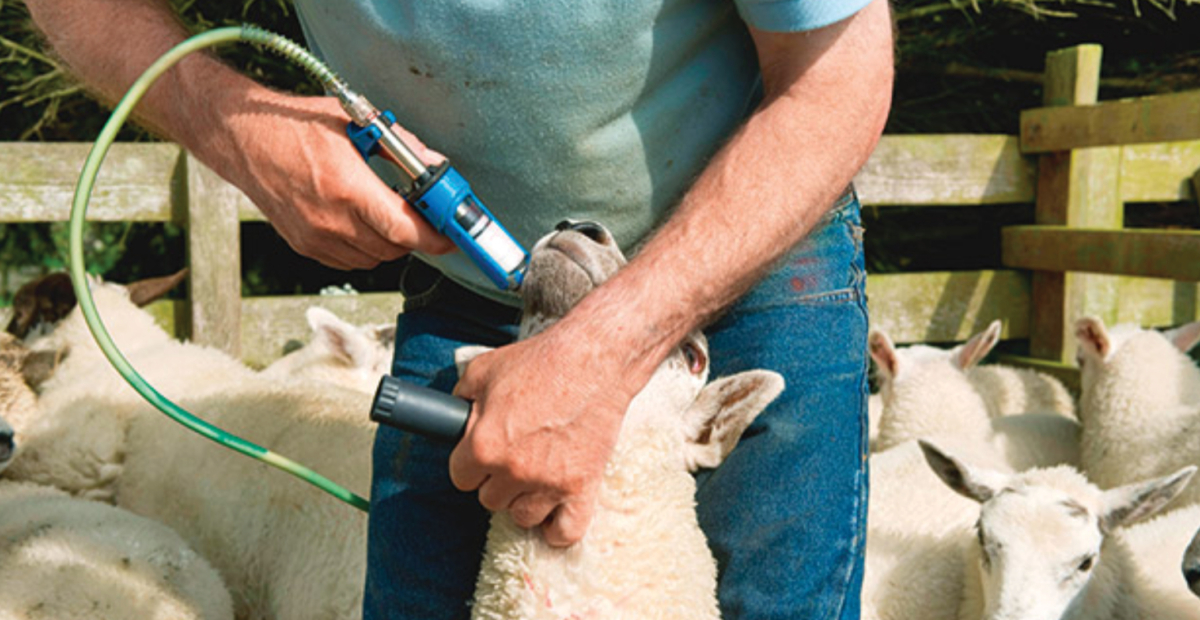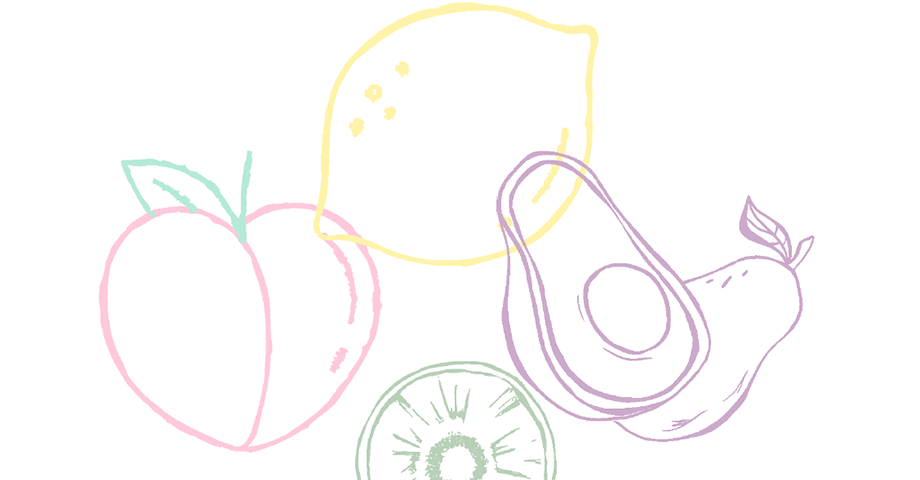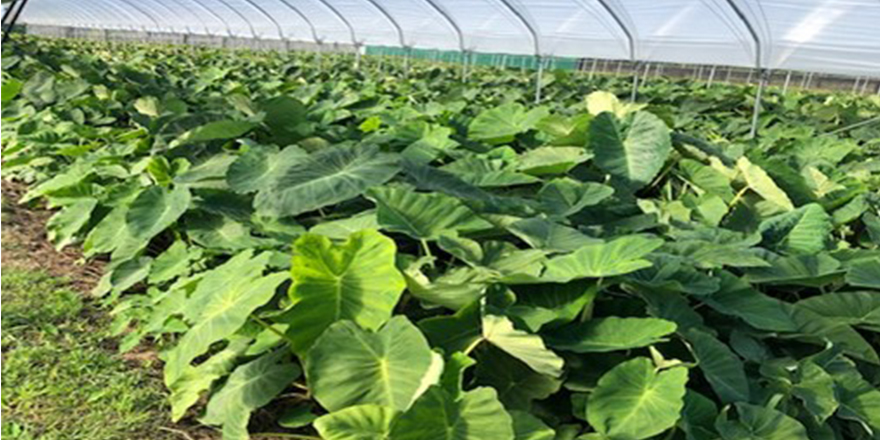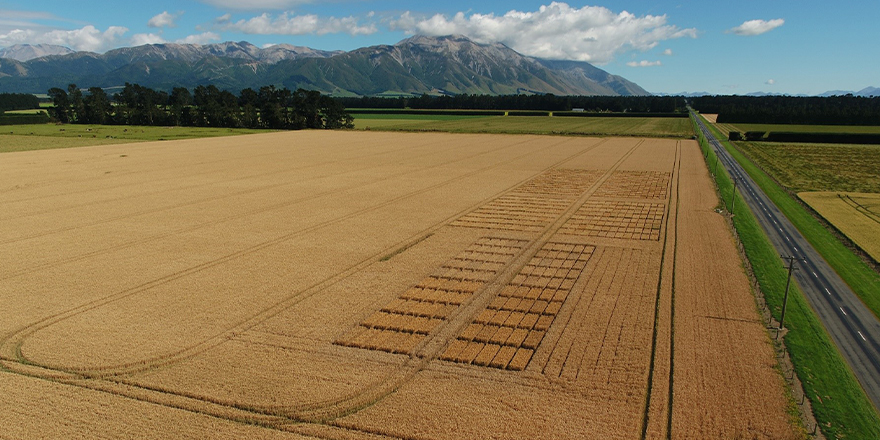
Executive summary
Background:
For generations New Zealand sheep farmers have been world leaders in the production of high-quality protein from pasture raised sheep, livestock raised with animal welfare at the forefront of their minds. For sheep to meet production targets, farmers have used anthelmintics (anti worm drench) for 60 years as a tool to control worms in sheep. However due to various management practices on farm, many drenches have lost effectiveness and now drench resistance is becoming more and more common on New Zealand farms.
Currently 27% of New Zealand sheep farmers have triple drench resistance. With only two more drench options on the market, being Zolvix and Startect, farmers are now at risk of developing resistances to these final options. Worldwide consumers demand sheep to be raised in a clean green environment with high animal welfare standards. It is critical that farmers use every tool possible to mitigate the risk of drench resistance and continue to farm sheep in a sustainable way while meeting consumer demands.
As well as animal welfare and the threat to market concerns, drench resistance presents significant financial implications to farmers. Trial work has shown a 14% reduction in potential carcass weight for sheep experiencing drench resistance. For a property marketing 4000 lambs annually, this equates to a $81,200 reduction in gross farm income from undetected drench resistance.
Methodology:
The methodology comprises of a literature review to provide insight into the current state of drench resistance on sheep farming in New Zealand. This aimed to provide a clearer understanding of what drench resistance is, what causes it and what can be recommended to farmers to mitigate the risk or how farmers can farm with it. Semi structured interviews were used to gain insights and findings from farmers and industry professionals as to what causes drench resistance and what management practices can be used to mitigate the threat or to farm with it.
Findings:
- Generally, farmers don’t invest their time into understanding drench resistance until they discover it, 90% of those interviewed didn’t understand drench resistance until it occurred on farm.
- Regardless of farming system, topography and climatic challenges, there is many different management practices that can be used to mitigate the threat of developing drench resistance or to successfully farm with it.
- As drench resistance is a scientific area, a key finding was that farmers need multiple experts such as consultants and advisors involved in the business, although this can create inconsistent advice.
Recommendations:
- Farmers must carry out FECRT, Pre and Post drench checks to identify current worm challenge and to assess efficacy of drench.
- Farmers need to engage support into their farming businesses from external advisors who specialize in the field of drench resistance, ideally using more than one from different companies.
- Farmers need to implement changes to their farming system where appropriate to enable a sustainable farming business.
- Industry professionals must drive the movement of developing more effective on farm testing for faecal egg count reduction tests, larvae culture testing, and larvae level testing in pasture.
Charles Yule




